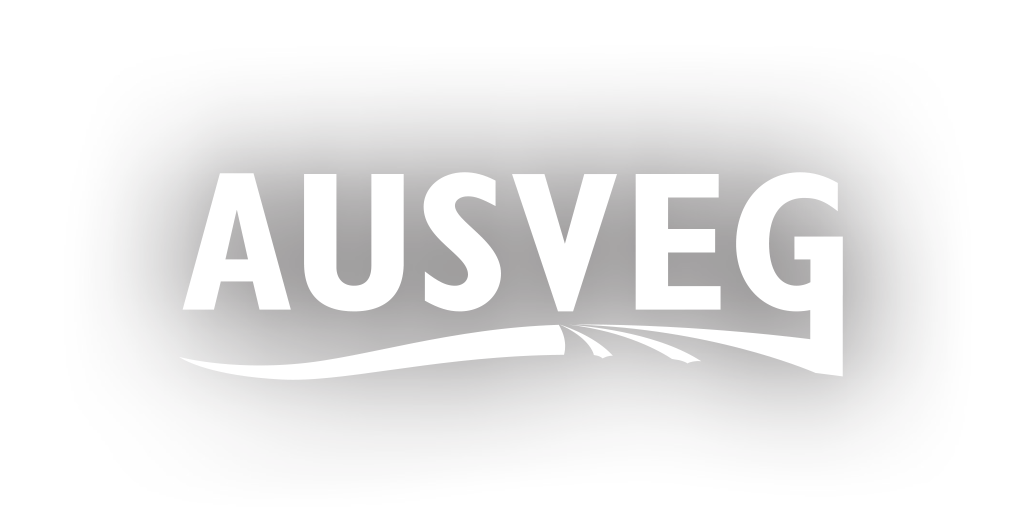Development of a test to detect & quantify irradiation damage in fruit flies
Cost-effective options for post-harvest disinfestation of horticultural produce are being severely depleted by withdrawal of key chemical treatments. This could result in significant negative impact on international markets requiring consistent delivery of high quality, pest-free produce. Meanwhile, approval of irradiation as a disinfestation technique by regulatory bodies (e.g. FSANZ, APVMA, IAEA) will likely see it become the method of choice for many primary products. Despite clear advantages of irradiation being an effective and established technology with no withholding period, there is no way to test if live pests have been irradiated if they are found in traded produce, which has quarantine/market access implications. HAL Project VG09160 aimed to address this technological shortfall with a proof-of-concept study aiming to use the commercially important pest Queensland fruit fly (QFly; Bactrocera tryoni) as a model to find a marker of irradiation exposure in insects, which could be measured in tests to detect, and perhaps quantify, prior irradiation exposure. Such a marker would also have application for testing of irradiated flies released during Sterile Insect Technique (SIT) eradication programs. Researchers from SARDI, CSIRO, Macquarie University and University of Adelaide, collaborated in discovering a QFly protein that was modified due to irradiation, with the amount of modified protein increasing with increasing irradiation doses. Doses tested included those approved for disinfestation and SIT, and the protein occurs in all insects. The findings will soon be published in the international science journal Mutagenesis*. Highly specific antibodies were produced against the QFly protein allowing its sensitive detection using standard commercial technologies such as ELISA. As far as we are aware, this is the first retrospective test for irradiation exposure and it has the potential to provide Australian producers with an advantage in facilitating broad use and confidence in irradiated produce. Future R&D will largely aim to facilitate practical application of the test for industry. This could include validation of the test under commercial/quarantine conditions, incorporation of the test into the respective facilities, broadening pest target range, and investigating other useful markers. Some of these issues are currently being assessed as an Expression of Interest for HAL Transformational Funding.
